OracleAS Portal XML Components
| | ||
| |
OracleAS Portal XML Components
The first step of the XML Component Wizard (Figure 9-39) shows the ubiquitous naming page of the wizard. Step 2 of the wizard (Figure 9-40) gives developers the opportunity to either enter a URL that points to an existing XML file or place the XML code on the page. Like the dynamic pages created earlier, OracleAS Portal allows developers to embed SQL or PL/SQL code within the XML text box by surrounding it with the <oracle> and </oracle> custom tags. You can also make use of bind variables to give your end users another layer of interaction with the portlet. Step 3 lists all of the code between <oracle> and </oracle> tags so that you can check it and make any modifications to it.
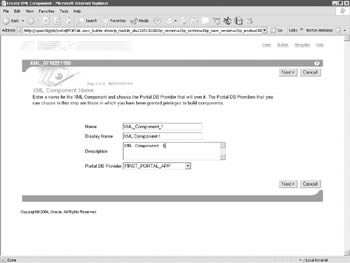
Figure 9-39: The first page of the XML Component Wizard
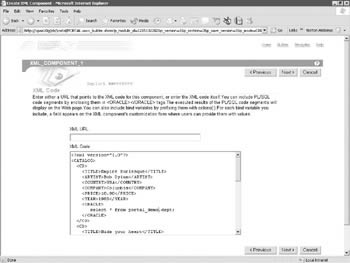
Figure 9-40: The second page of the XML Component Wizard
XSL (Extensible Stylesheet Language) is a language for creating a style sheet that describes how data sent over the Web using the Extensible Markup Language (XML) is to be presented to the user . Step 4 of the wizard (Figure 9-41) gives the developer the ability either to enter an URL to an XSL entry or to write the XSL code directly in the wizard.
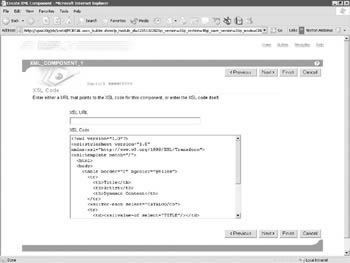
Figure 9-41: The XML Code page of the XML Component Wizard
| Note | For more information on XSL, see Appendix A. |
A DTD (Document Type Definition) is a collection of XML declarations that, as a collection, define the legal structure, elements, and attributes that are available for use in a document that complies to the DTD. Step 5 of the XML Component Wizard (Figure 9-42) gives developers the opportunity to either enter a URL that contains the DTD or enter the DTD code on the page.
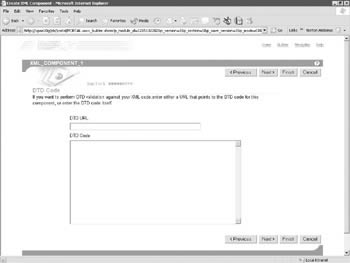
Figure 9-42: The DTD code page of the XML Component Wizard
Step 6 has options for when the XML component is displayed in stand-alone (full page) mode. The Expire After (Minutes) text box allows the developer to specify how long a report generated by this XML component will be cached by the OracleAS Portal engine. For reports that need up-to-the-second accuracy, leave this value at 0. This will force the OracleAS Portal engine to regenerate the report each time a user requests it. For XML-based reports that do not need up-to-the-second data, you can use the caching feature of OracleAS Portal to ease the workload placed upon the OracleAS Portal engine when rendering pages.
Step 7 (Figure 9-43) allows developers to customize the customization for the XML component. As with the Dynamic Page component built in the

Figure 9-43: The Customization Form Display Options page
Steps 8 and 9, the XML Component and Customization Form Text and Additional PL/SQL Code, provide the same functionality as the corresponding screens for all of the other OracleAS Portal components we have seen up to this point. Figure 9-44 shows the results of running our XML component as a portlet.
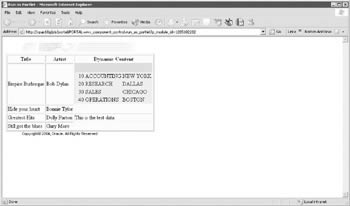
Figure 9-44: The XML component run as a portlet
| | ||
| |
EAN: 2147483647
Pages: 192